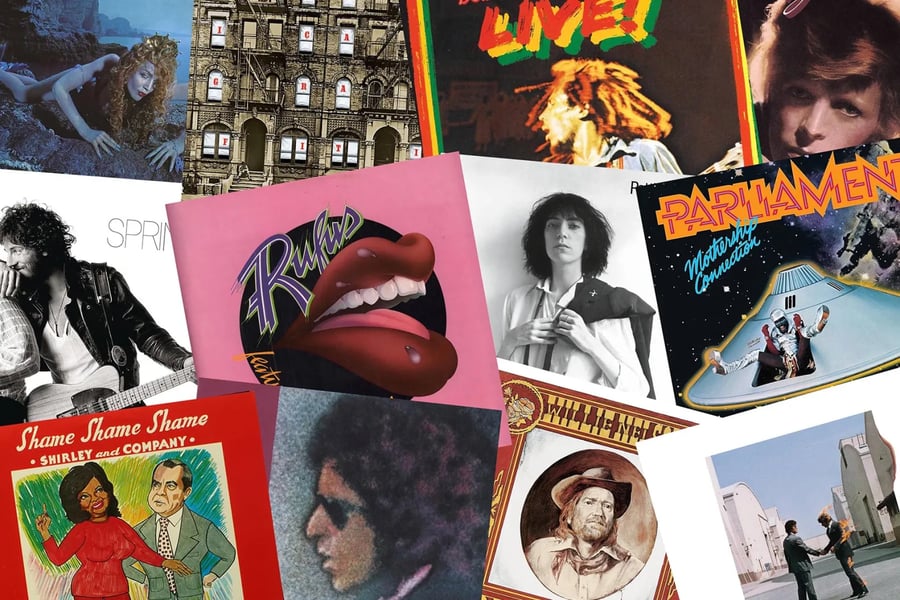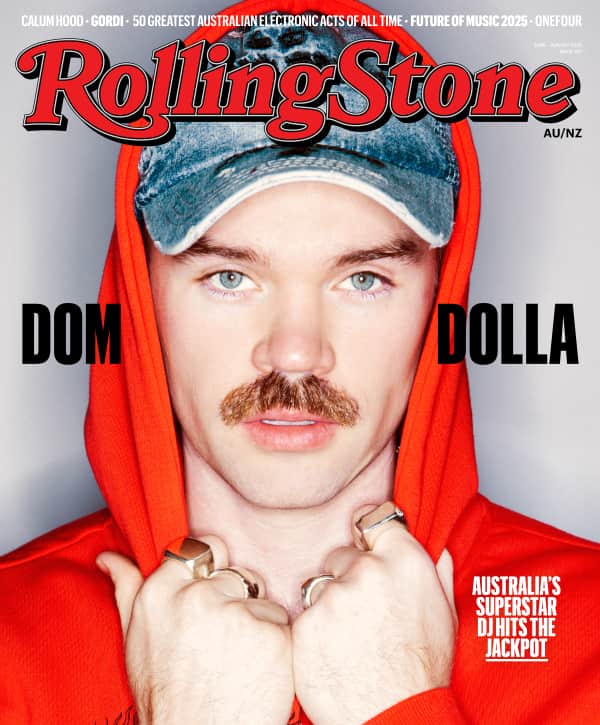The 75 Best Albums of 1975
Disco, punk, reggae, and metal were rising, and artists from Patti Smith to P-Funk to Willie Nelson were kicking out classics

America was a mighty weird place in 1975 — but music was the weirdest thing about it. The entire culture was changing fast. It was the year Jaws invented the Hollywood blockbuster. Saturday Night Live revolutionized TV comedy. The Feds finally caught up with fugitive Patty Hearst. Muhammad Ali crushed Joe Frazier at the Thrilla in Manila. The Vietnam War ended. Cher married Gregg Allman, then filed for divorce nine days later — a record even by Seventies standards.
You could stay home with your brand new Pet Rock to watch The Jeffersons, Starsky and Hutch, All in the Family, or Welcome Back, Kotter. Or you could go to the movies to see Dog Day Afternoon, Nashville, or The Rocky Horror Picture Show. The Big Red Machine beat the Red Sox in the World Series. Your mood ring turned to purple. Rod Stewart snuggled with Britt Ekland on the cover of the Rolling Stone. New York City was in its “Ford to City: Drop Dead” era. Bill Gates and Paul Allen founded Microsoft. Mary Tyler Moore had a bad day at the funeral of Chuckles the Clown. Judy Blume published Forever. Everybody on the dance floor was doing the Hustle.
On your radio, the year’s biggest hit was the Captain and Tennille’s “Love Will Keep Us Together.” We got timeless rock classics by legends like Bruce Springsteen, Pink Floyd, Joni Mitchell, Led Zeppelin, Bob Dylan, and Neil Young. We got cosmic funk from Parliament-Funkadelic. Freddie Mercury set a new record for the most Galileos in one song. Disco, punk, reggae, and metal were rising. Willie Nelson transformed outlaw country with Red Headed Stranger. Stevie Nicks and Lindsey Buckingham joined Fleetwood Mac. Kiss became superstars with Alive!
So let’s break it down: the 75 best albums of 1975, complete with a playlist of key tracks from each LP. Some of these albums are famous classics beloved around the world. Others are cult favorites, buried treasures, rarities, or one-shots. We’ve got prog, dub, Afrobeat, German art rock, soul, pop trash, jazz, honky-tonk, Brazilian psychedelia, KC and the Sunshine Band. Some were blockbuster hits; others flopped. But one thing these 1975 albums share: They all sound fantastic in 2025. So as they say in Rocky Horror: Let’s do the time warp again.
CONTRIBUTORS: Jonathan Bernstein, Jon Blistein, David Browne, Mankaprr Conteh, Jon Dolan, Will Dukes, Andy Greene, Joseph Hudak, Maura Johnston, Julyssa Lopez, Angie Martoccio, Michaelangelo Matos, Larisha Paul, Mosi Reeves, Rob Sheffield, Brittany Spanos, Alison Weinflash




















































































